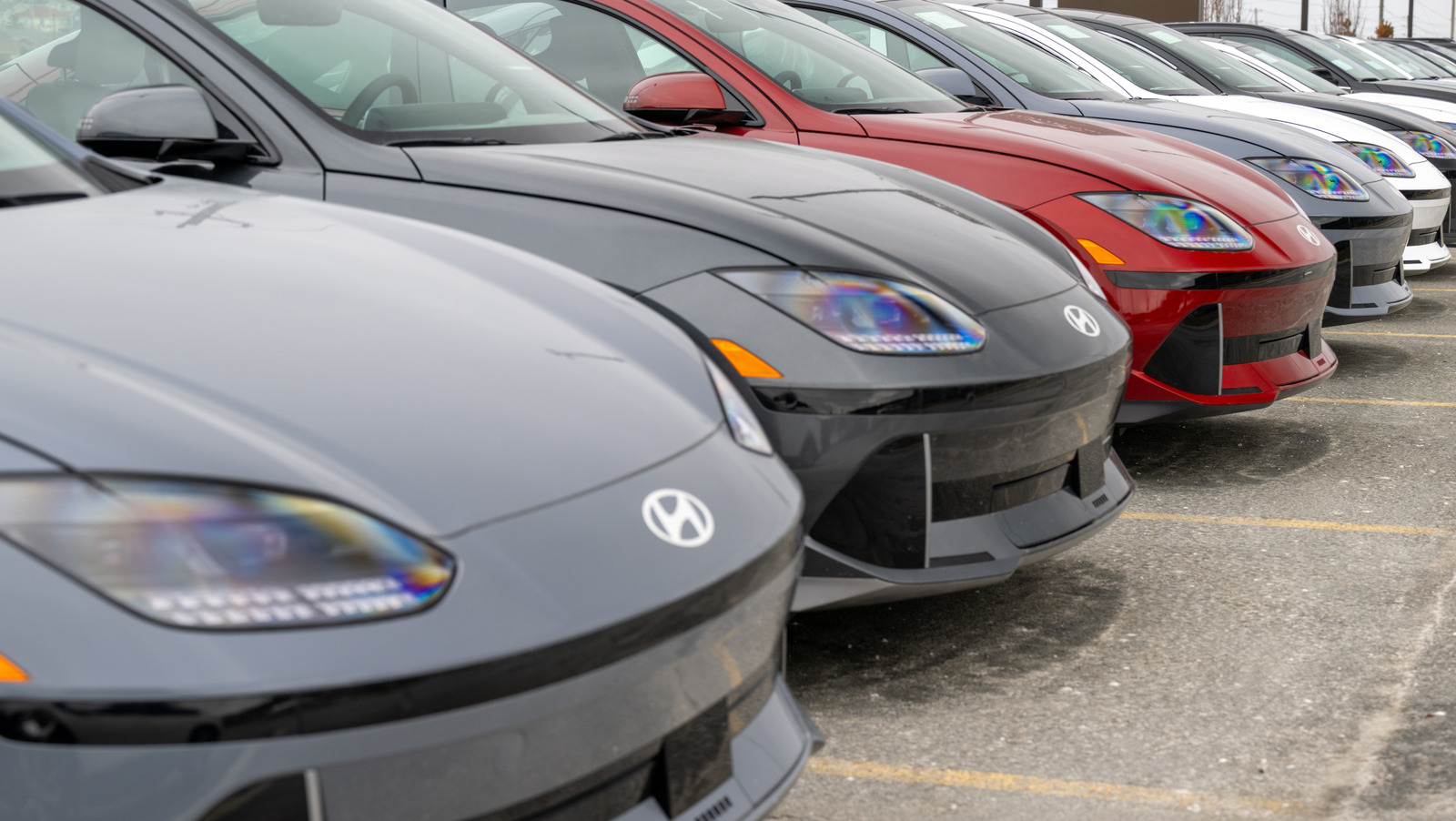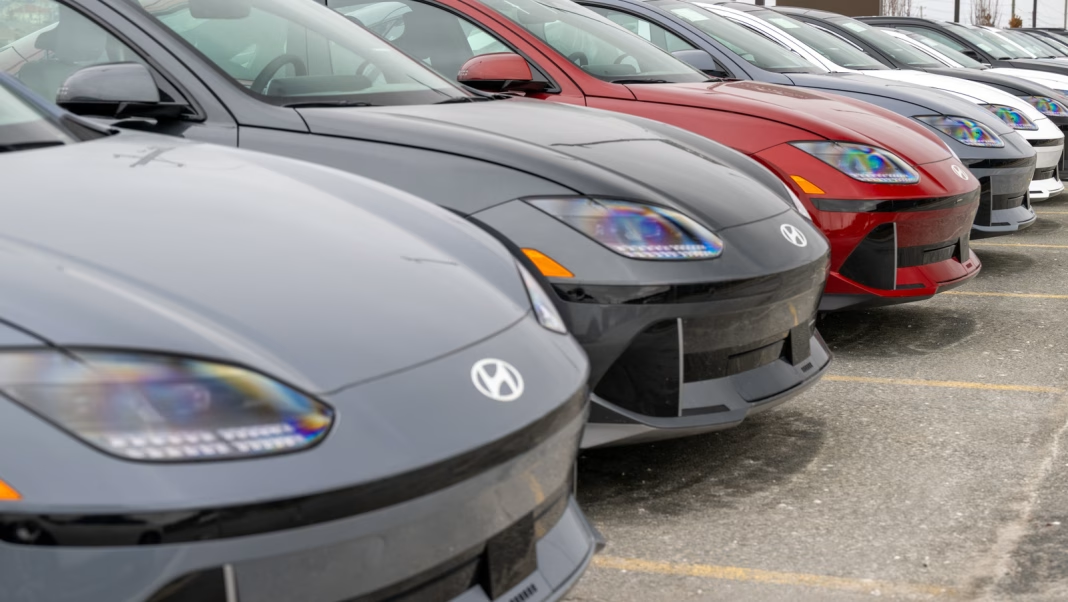Hyundai’s Price Hike: What You Need to Know
Hyundai has announced plans to raise vehicle prices, and the reason behind this shift is tied to tariffs imposed during the Trump administration. This decision is part of a broader trend where automakers are grappling with increased costs due to tariffs on imported materials. If you’re in the market for a new car or just curious about how these economic changes affect you, let’s break down what this means.
Why Are Prices Going Up?
The tariffs, particularly on steel and aluminum, have put significant pressure on manufacturers. For Hyundai, this translates to higher production costs, which they are now passing on to consumers. It’s not just Hyundai; many automakers are facing similar challenges. The reality is that when production costs rise, companies often have no choice but to adjust their pricing strategies to maintain profit margins.
What Does This Mean for Buyers?
If you’re considering purchasing a Hyundai, you might want to act sooner rather than later. The price increases could affect various models, making it more expensive to buy a new vehicle. While it’s tough to predict exactly how much prices will rise, even a small increase can add up, especially if you’re financing a vehicle over several years.
Additionally, this situation highlights the importance of being informed about the economic factors that influence car prices. Understanding these dynamics can help you make better purchasing decisions.
Alfa Romeo’s Delayed Stelvio: What’s Happening?
On a different note, Alfa Romeo has decided to delay the launch of its new Stelvio model. While the specifics behind this decision haven’t been fully disclosed, it’s not uncommon for automakers to push back releases due to various factors, including production challenges or market conditions.
For fans of the brand, this news might be disappointing, but it’s a reminder that the automotive industry is often unpredictable. Delays can happen for a multitude of reasons, from ensuring quality control to aligning with market demand.
What Should You Consider?
If you’re in the market for a new vehicle, whether it’s a Hyundai or an Alfa Romeo, staying informed is key. Here are a few tips to navigate these changes:
1. **Research Prices**: Keep an eye on pricing trends for the models you’re interested in. Websites that track vehicle prices can provide valuable insights.
2. **Consider Timing**: If you can wait, it might be worth it. Prices could stabilize or even drop in the future, depending on how the market reacts to ongoing economic conditions.
3. **Explore Alternatives**: If the price hike on Hyundai models is a dealbreaker, consider looking at other brands that may not be as affected by the tariffs.
4. **Stay Updated**: Follow automotive news to keep track of any further developments regarding tariffs and model releases. Knowledge is power, especially in a fluctuating market.
The big takeaway? Economic shifts like tariffs can have a ripple effect on car prices and availability. Being proactive and informed can help you navigate these changes effectively. If you’re eyeing a new ride, consider making your move soon—waiting could cost you more in the long run.


